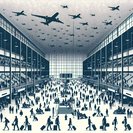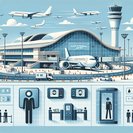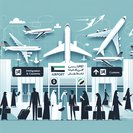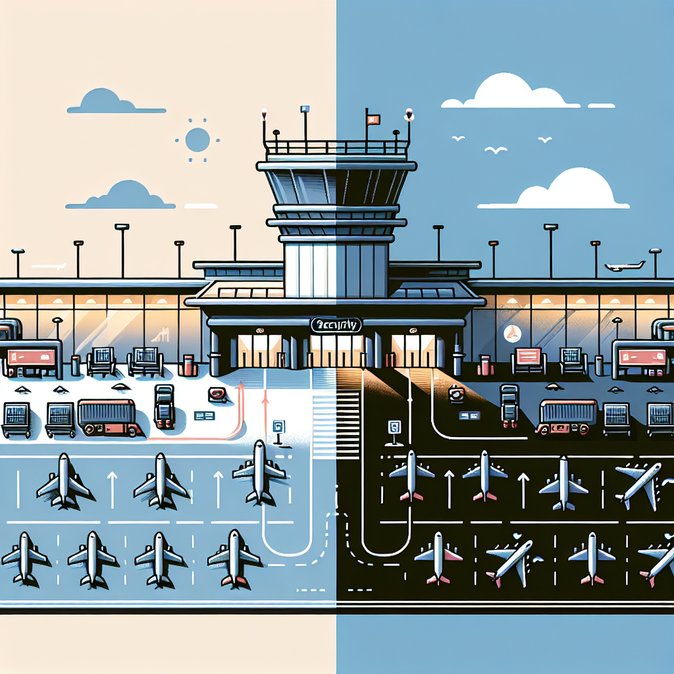
Manchester Airport has confirmed that Abu Dhabi-based Etihad Airways will relocate to the UK hub’s newly refurbished Terminal 2 on 12 November, with Dubai-based Emirates following suit on 18 November. The shift is part of the airport’s £1.3 billion transformation programme aimed at centralising long-haul carriers and expanding airside retail. Airlines are contacting affected passengers directly to reconfirm check-in zones and lounge access.
For UAE travellers, the change means longer walking distances from immigration to gates but significantly larger security halls and more biometric e-gates, potentially cutting queue times during the busy holiday period. Business-class and chauffeur-drive drop-offs move to a different forecourt, so ground-transport providers must update driver instructions.
![Manchester Airport terminal switch prompts advisory for Emirates & Etihad passengers]()
On the commercial side, the consolidation into Terminal 2 enables Emirates to operate its retro-fitted A380s with Premium Economy seating more efficiently, while Etihad gains closer connectivity to partner carrier Virgin Atlantic’s domestic feeds. Travel-management companies should check how interline minimum-connect times are affected in global distribution systems.
Passengers transiting between Dubai or Abu Dhabi and regional UK cities via Manchester should factor in terminal-learning curves: the new layout uses automatic tray return systems at security and a one-way exit path that may confuse infrequent flyers. Airport staff will be deployed as “blue-coats” to assist during the switchover week.
Emirates Skywards and Etihad Guest members using Manchester-based co-brand credit cards have been offered double-miles promotions to encourage early adoption of the new terminal facilities. The airport expects all Middle-East carriers to complete the shift to Terminal 2 by mid-2026.
For UAE travellers, the change means longer walking distances from immigration to gates but significantly larger security halls and more biometric e-gates, potentially cutting queue times during the busy holiday period. Business-class and chauffeur-drive drop-offs move to a different forecourt, so ground-transport providers must update driver instructions.
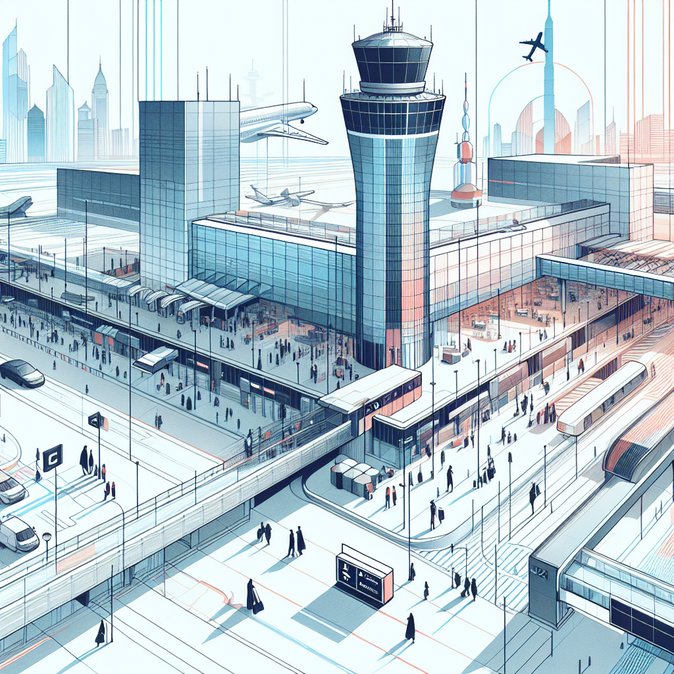
On the commercial side, the consolidation into Terminal 2 enables Emirates to operate its retro-fitted A380s with Premium Economy seating more efficiently, while Etihad gains closer connectivity to partner carrier Virgin Atlantic’s domestic feeds. Travel-management companies should check how interline minimum-connect times are affected in global distribution systems.
Passengers transiting between Dubai or Abu Dhabi and regional UK cities via Manchester should factor in terminal-learning curves: the new layout uses automatic tray return systems at security and a one-way exit path that may confuse infrequent flyers. Airport staff will be deployed as “blue-coats” to assist during the switchover week.
Emirates Skywards and Etihad Guest members using Manchester-based co-brand credit cards have been offered double-miles promotions to encourage early adoption of the new terminal facilities. The airport expects all Middle-East carriers to complete the shift to Terminal 2 by mid-2026.
